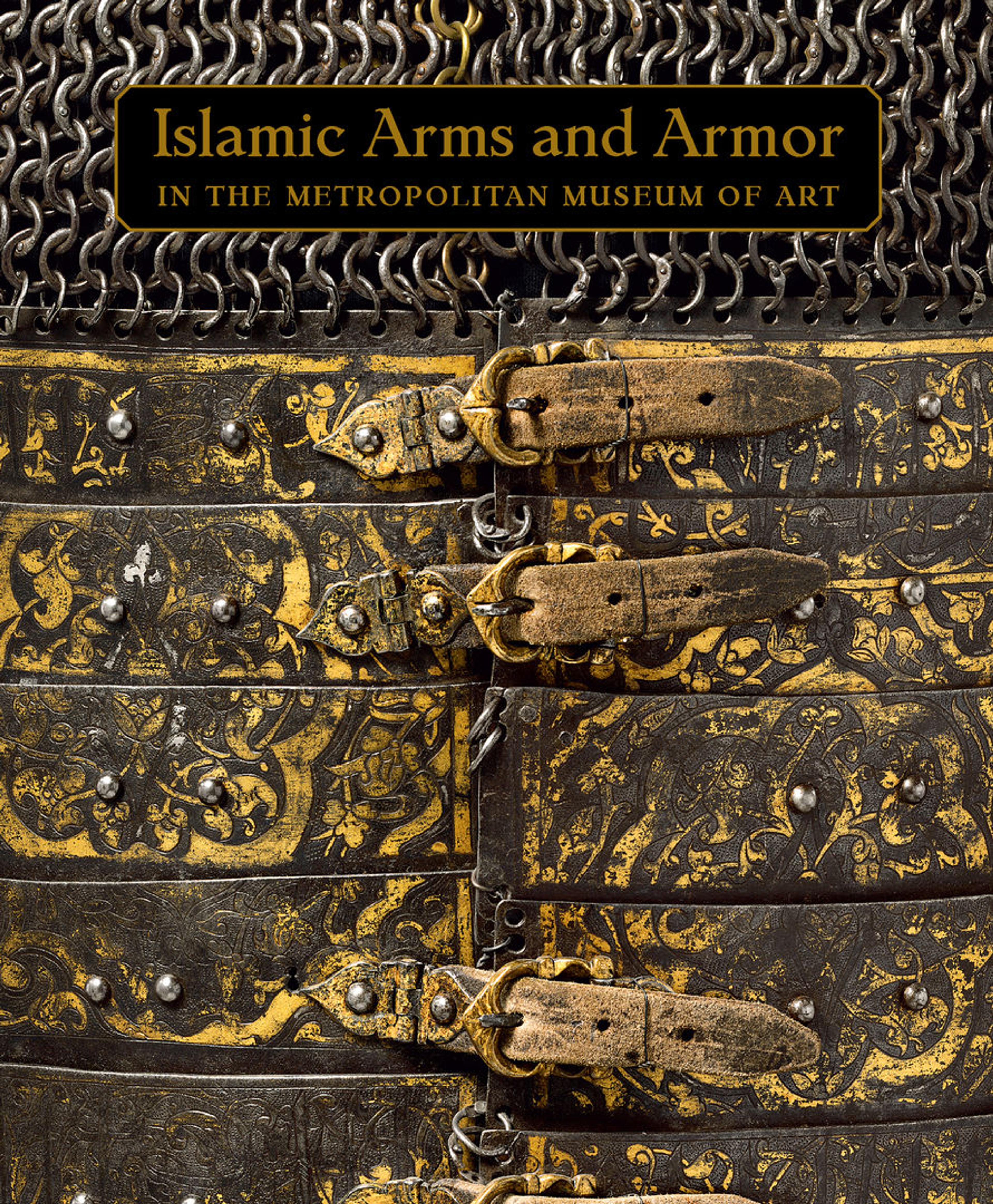Shaffron (Horse's Head Defense)
Horse armor was used widely in India. It was usually made from a combination of iron, textile, and leather, the centerpiece of which was an iron shaffron such as this one, which protected the front of a horse's head from the muzzle to the ears. In addition to the date, the Arabic inscription seen near the top edge of this shaffron includes the name of Sultan Muhammad Qutb Shah, ruler of the kingdom of Golconda in southern India from 1612 to 1626. Very few pieces of Indian horse armor can be dated so closely, or associated with a specific ruler, making this example extremely rare and important.
Artwork Details
- Title:Shaffron (Horse's Head Defense)
- Date:dated A.H. 1026/1617–18 CE
- Geography:Golconda, Andhra Pradesh
- Culture:Indian, Deccan, Golconda
- Medium:Steel, copper alloy (brass)
- Dimensions:H. 23 7/8 in. (60.7 cm); W. 8 in. (19.6. cm); Wt. 1 lb. 13 oz. (820 g)
- Classification:Equestrian Equipment-Shaffrons
- Credit Line:Purchase, Arthur Ochs Sulzberger Gift, 2008
- Object Number:2008.197
- Curatorial Department: Arms and Armor
More Artwork
Research Resources
The Met provides unparalleled resources for research and welcomes an international community of students and scholars. The Met's Open Access API is where creators and researchers can connect to the The Met collection. Open Access data and public domain images are available for unrestricted commercial and noncommercial use without permission or fee.
To request images under copyright and other restrictions, please use this Image Request form.
Feedback
We continue to research and examine historical and cultural context for objects in The Met collection. If you have comments or questions about this object record, please contact us using the form below. The Museum looks forward to receiving your comments.
